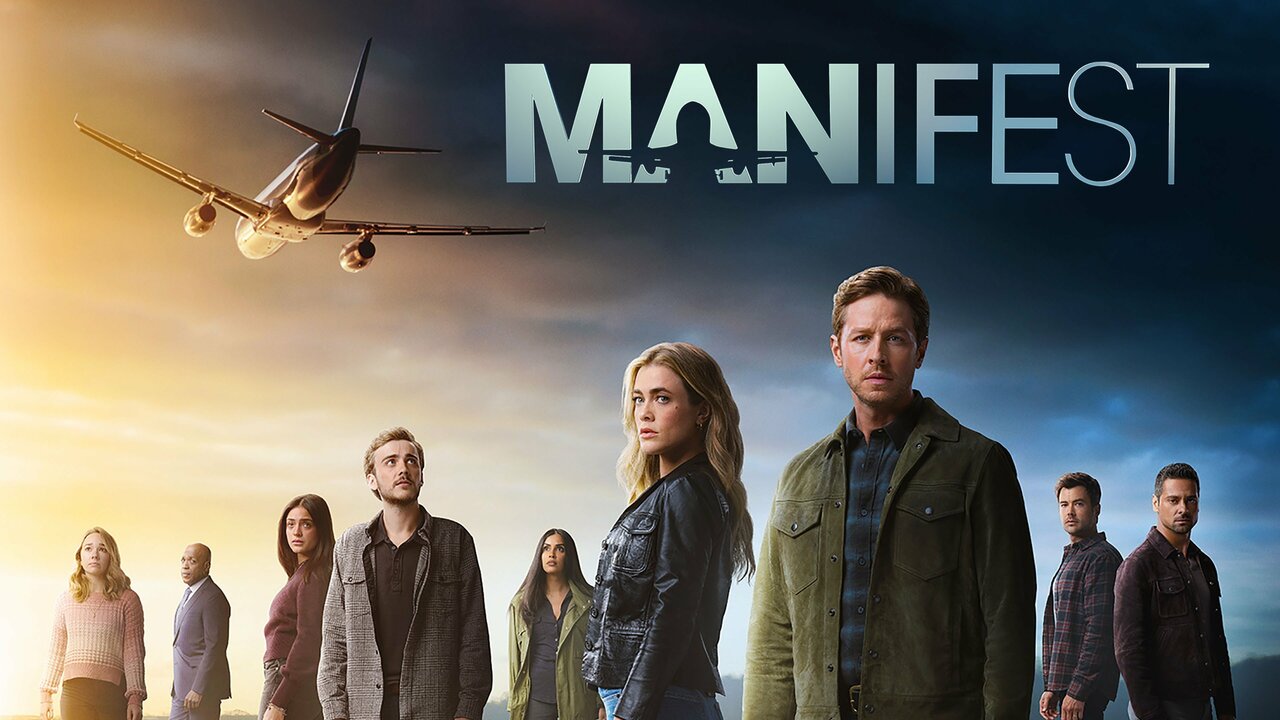Outlaws and Angels – A Gritty and Unforgiving Frontier Thriller
Outlaws and Angels is a 2016 Western thriller that veers far from traditional cowboy tales, diving deep into the darker, more violent underbelly of the Old West. Written and directed by JT Mollner, the film is part Western, part home-invasion horror, and part psychological thriller. Set in 1887 New Mexico, the story follows a gang of outlaws on the run after a brutal bank robbery, who end up invading the home of a deeply religious frontier family. What follows is a slow-burning, grim descent into violence, secrets, and shifting power dynamics.
The story centers on Henry, played by Chad Michael Murray, a charming yet dangerous outlaw who leads a ragtag group of criminals. After a bloody heist goes wrong, the gang flees into the wilderness and stumbles upon the isolated farmhouse of George Tildon, a stern patriarch played by Ben Browder. The Tildon household, consisting of his wife Ada and their two daughters, Florence and Charlotte, appears simple and devout. But beneath their pious facade lies tension, fear, and long-buried trauma.

Initially, the gang holds the family hostage, but as the night progresses, control begins to slip away from the criminals. Florence, portrayed by Francesca Eastwood, becomes the story’s most intriguing and unsettling figure. Drawn to Henry’s outlaw charisma, she begins a chilling transformation from a passive daughter into a vengeful force. Her arc becomes central to the film’s dramatic pivot, turning the expected power structure on its head.
The film’s visual style is deliberately gritty, shot on 35mm film to evoke the grainy realism of 1970s exploitation cinema. The color palette is subdued, favoring muted earth tones and dim candlelight that enhance the claustrophobic and oppressive atmosphere inside the Tildon home. Rather than wide desert vistas typical of Westerns, Outlaws and Angels remains largely confined to tight interiors, intensifying the psychological tension.

What sets the film apart is its unflinching commitment to discomfort. The violence is brutal, the dialogue raw, and the themes deeply unsettling—touching on abuse, hypocrisy, sexual control, and religious extremism. There are scenes of graphic confrontation and moral collapse that may prove too intense or disturbing for some viewers. Yet, beneath the surface-level violence lies a clear narrative of retribution, particularly through Florence’s character, who exacts a form of justice that is as harrowing as it is cathartic.
Critics were divided on the film. Some praised its ambition and willingness to subvert genre expectations, while others criticized it for indulging in shock value without fully earning its emotional weight. Francesca Eastwood received acclaim for her bold, transformative performance, and Chad Michael Murray was noted for stepping out of his usual roles into darker territory. However, the film’s pacing and heavy-handed symbolism were common points of critique.
In conclusion, Outlaws and Angels is not for the faint of heart. It’s a brutal, bloody meditation on power, trauma, and the masks people wear to survive. For fans of revisionist Westerns and morally complex thrillers, the film offers a grim yet captivating ride into the heart of darkness on the American frontier.



